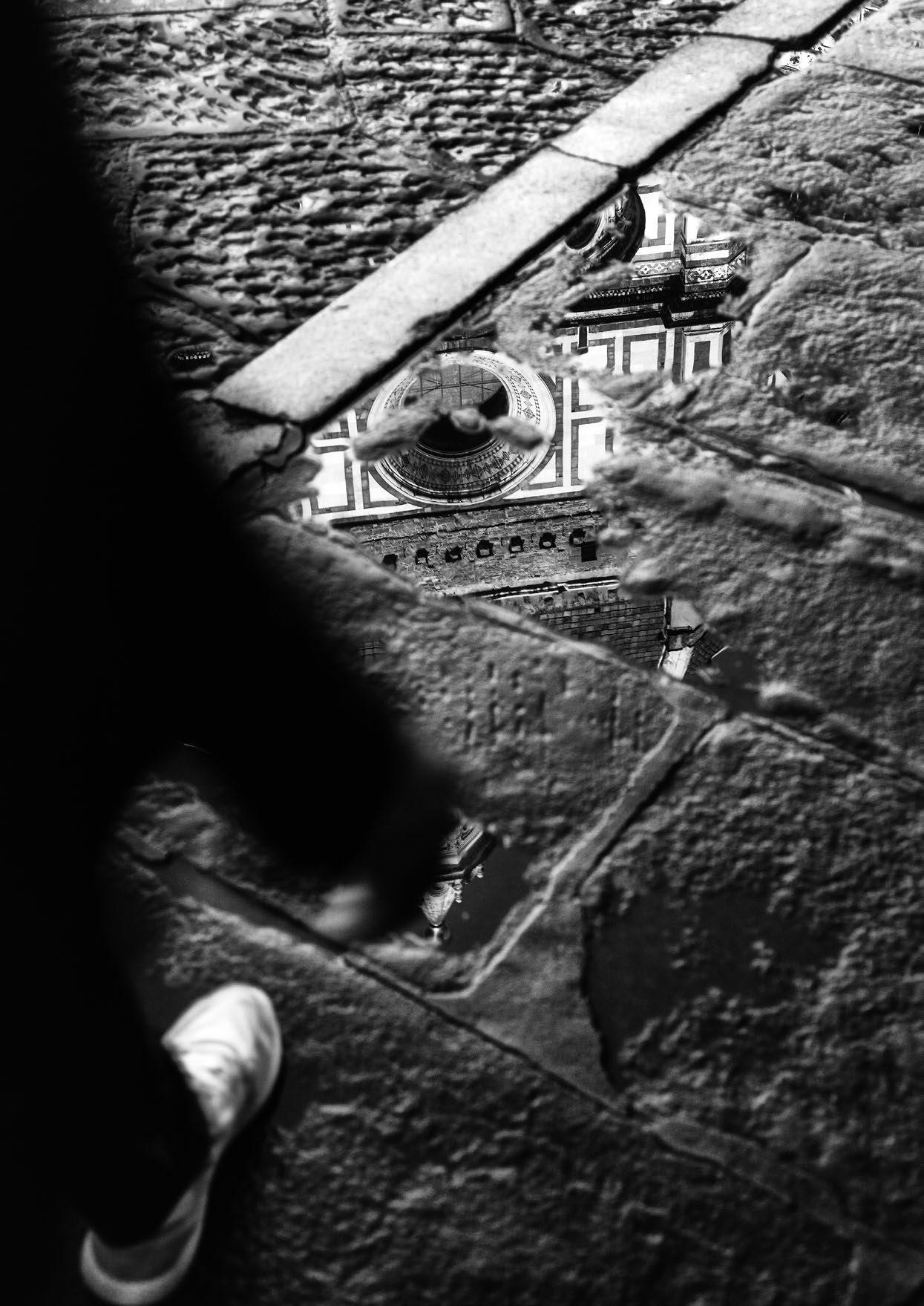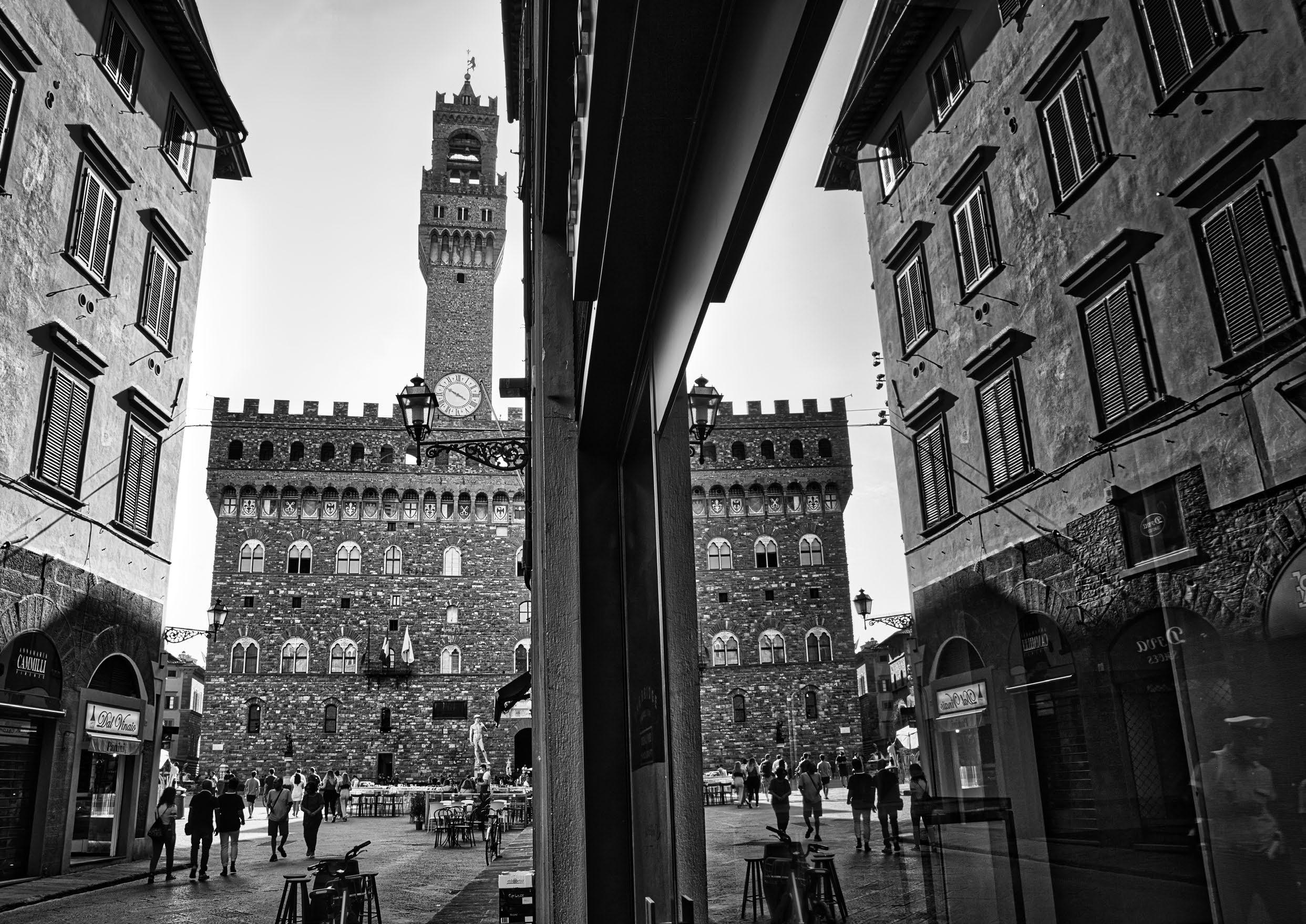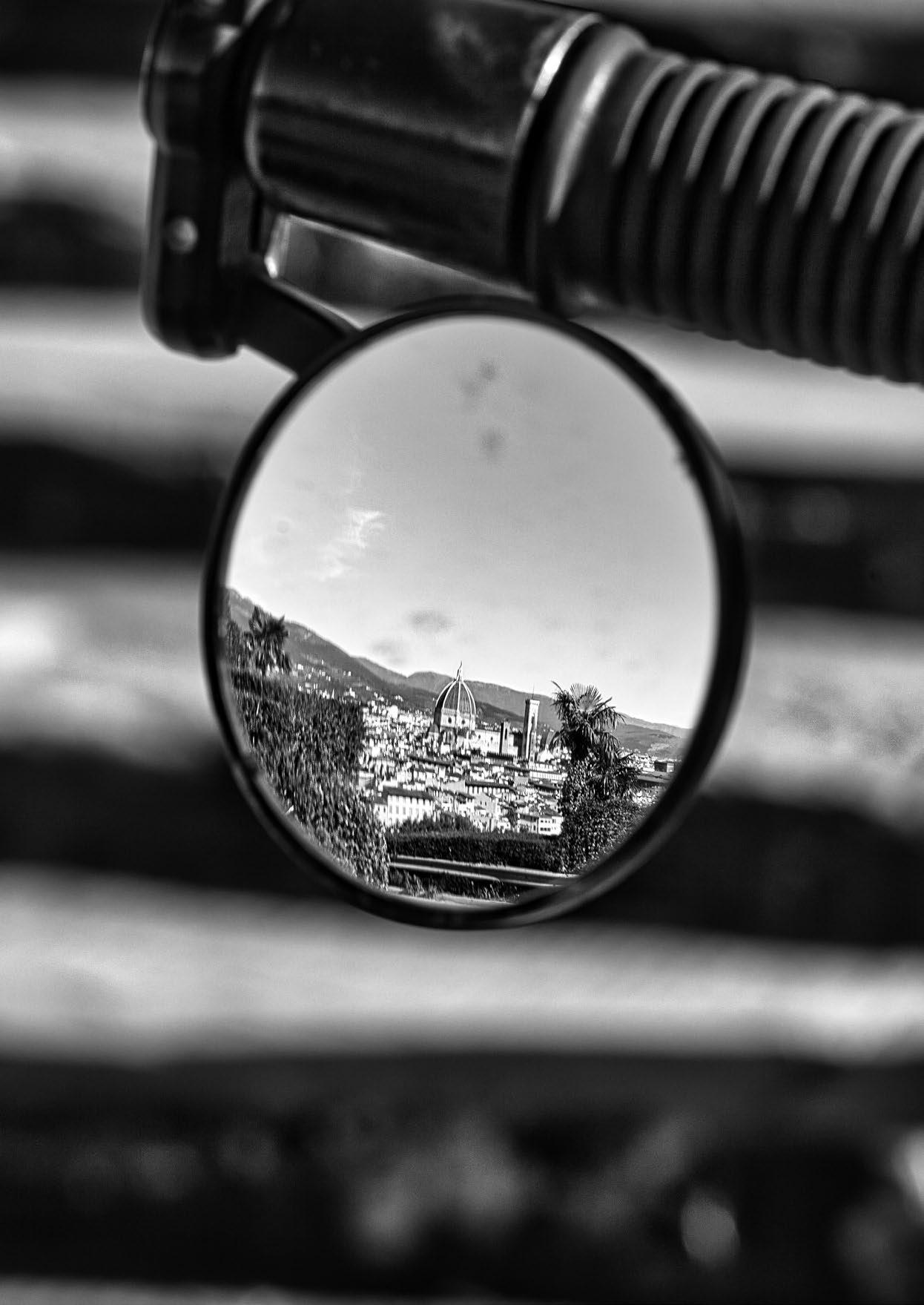Amo la mia città
Amo Firenze, la mia città, e amo ancor di più mia figlia Adele. Dall’incontro di due grandi amori nasce questo libro fotografico.
Un percorso itinerante per le strade della mia città attraverso gli occhi di mia figlia, così luminosi e pieni di gioia.
A essi ho voluto associare finestre e vetrine, come se anch’esse fossero altrettanti occhi in grado di riflettere immagini di palazzi e chiese e di custodirle al proprio interno, come nella memoria o nel cuore di ognuno di noi.
Una sorta di viaggio che mi ha portato a scoprire e riscoprire aspetti, aneddoti e curiosità di questa città atipica, dove ogni strada, anche la più angusta, profuma di storia, accrescendo così il mio senso appartenenza, un sentimento che a volte sconfina addirittura nel bisogno che ho di lei.
I love my city
I love Florence, my city, and I love my daughter, Adele, even more. This book of photography is the result of these two great loves.
A journey through the streets of my city through my daughter’s eyes, so bright and full of joy.
In my imagination, I wanted to associate them with windows and shop-windows as if they were eyes too, capable of reflecting images of buildings and churches, so as to keep them inside, as well as in our memories or in each of our hearts.
A sort of journey that led us to discover and rediscover aspects, anecdotes and curiosities of this atypical city, where every street, even the narrowest one, tells a story, increasing my sense of belonging to this city, a sentiment that sometimes pours over into the need I have for it.
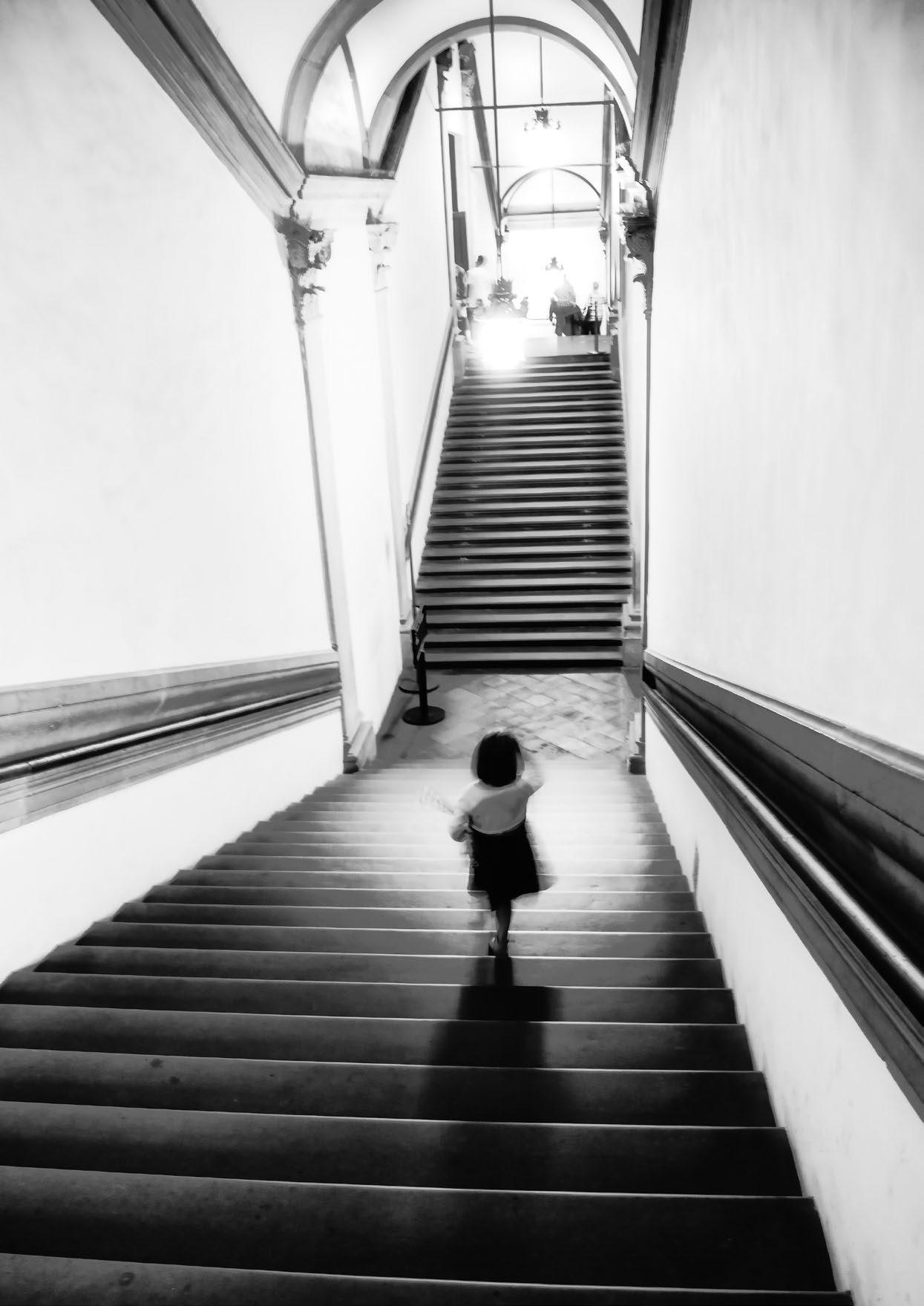
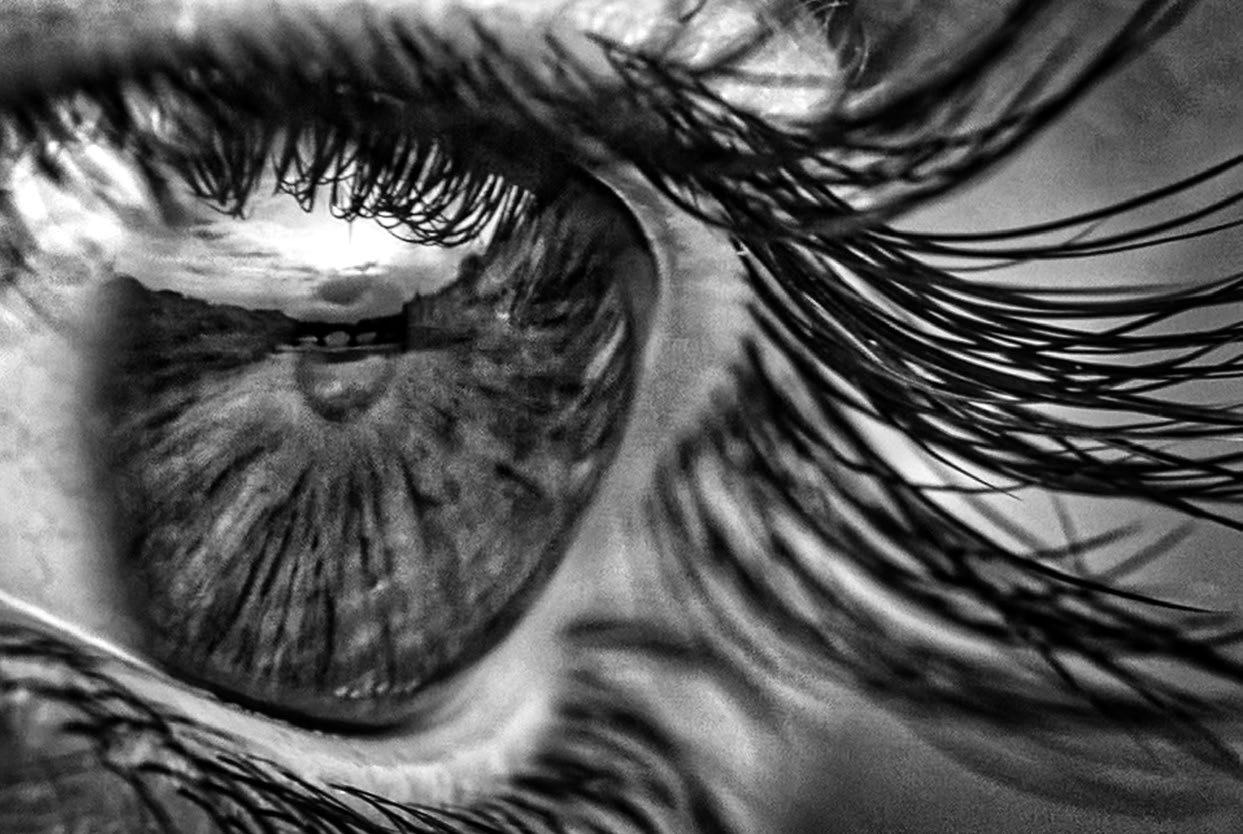
Fu un periodo di grande sviluppo demografico, che venne interrotto solo nel 1348 dal flagello dalla Peste nera. A Florentia colpí, in due anni, più della metà della popolazione. Passato il peggio, per assurdo, questa grande pandemia ebbe pure dei vantaggi, la diminuzione della popolazione portò dei benefici in termini di distribuzione delle provvigioni e delle ricchezze, nuovi commerci e di conseguenza un nuovo e inarrestabile sviluppo della città; in quegli anni si iniziò a erigere il Duomo, portato a termine nel 1436 con la costruzione della cupola da parte di Filippo Brunelleschi.
In quel periodo Florentia partecipò anche a guerre più o meno gravose con varie città limitrofe (Siena, Arezzo, Pisa).
It was a period of great demographic development, which was only interrupted in 1348 by the scourge of the Black Death. In Florentia, it struck more than half the population in two years. Once the worst had passed, absurdly enough, this great pandemic also had its advantages, the decline in the population brought benefits in terms of the distribution of provisions and wealth, new trade and consequently a new and unstoppable development for the city; in those years work began on the construction of the cathedral, which was completed in 1436 with the construction of the dome by Filippo Brunelleschi.
During this period Florentia also took part in more or less serious wars with various
